
I’ll be honest, I have not tested many MacGregor clubs over the past few years, perhaps categorizing them as a brand from yesteryear in my mind, used by some of the historical figures of the game. However, MacGregor has been quietly ticking along, producing equipment aimed more at the value end of the market, and I wanted to see what its latest distance iron had to offer. Could it be a dark horse to rival some of the best distance irons in the game? Let’s find out…
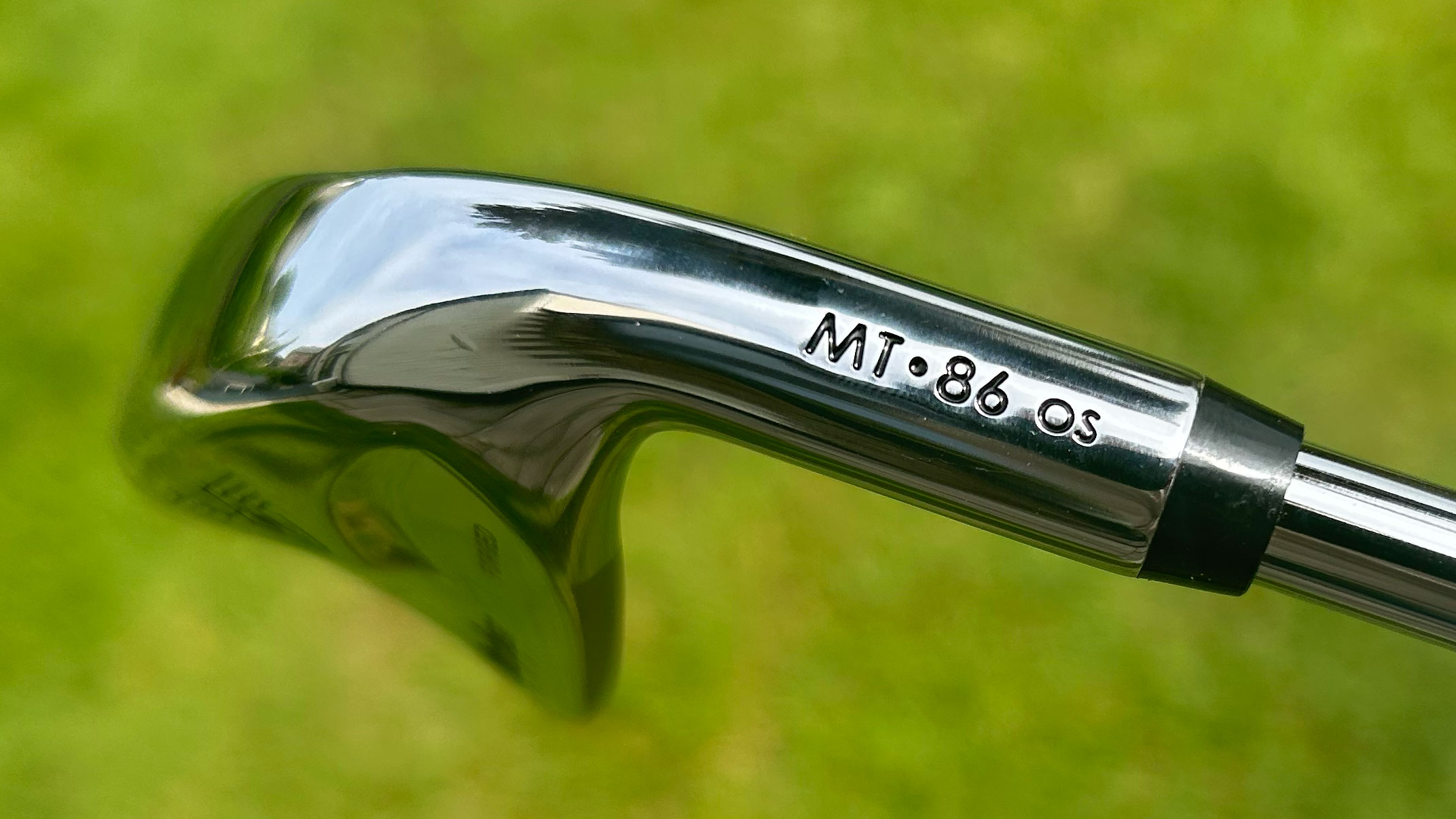
My first impression of the MT-86 OS irons was overall fairly positive. They offer a confidence-inspiring aesthetic with a slightly larger profile than their counterparts in the MacGregor family, the MT-86 Pro irons. Down in the playing position, they present a pretty clean yet substantial look, which provided me with a nice, reassuring sense of confidence from the start. The topline, while relatively substantial, is a touch thinner than some of its competitors in this market, such as the Ping i530 or Callaway Ai200, offering a bit more of a ‘playery’ visual than maybe I had anticipated.
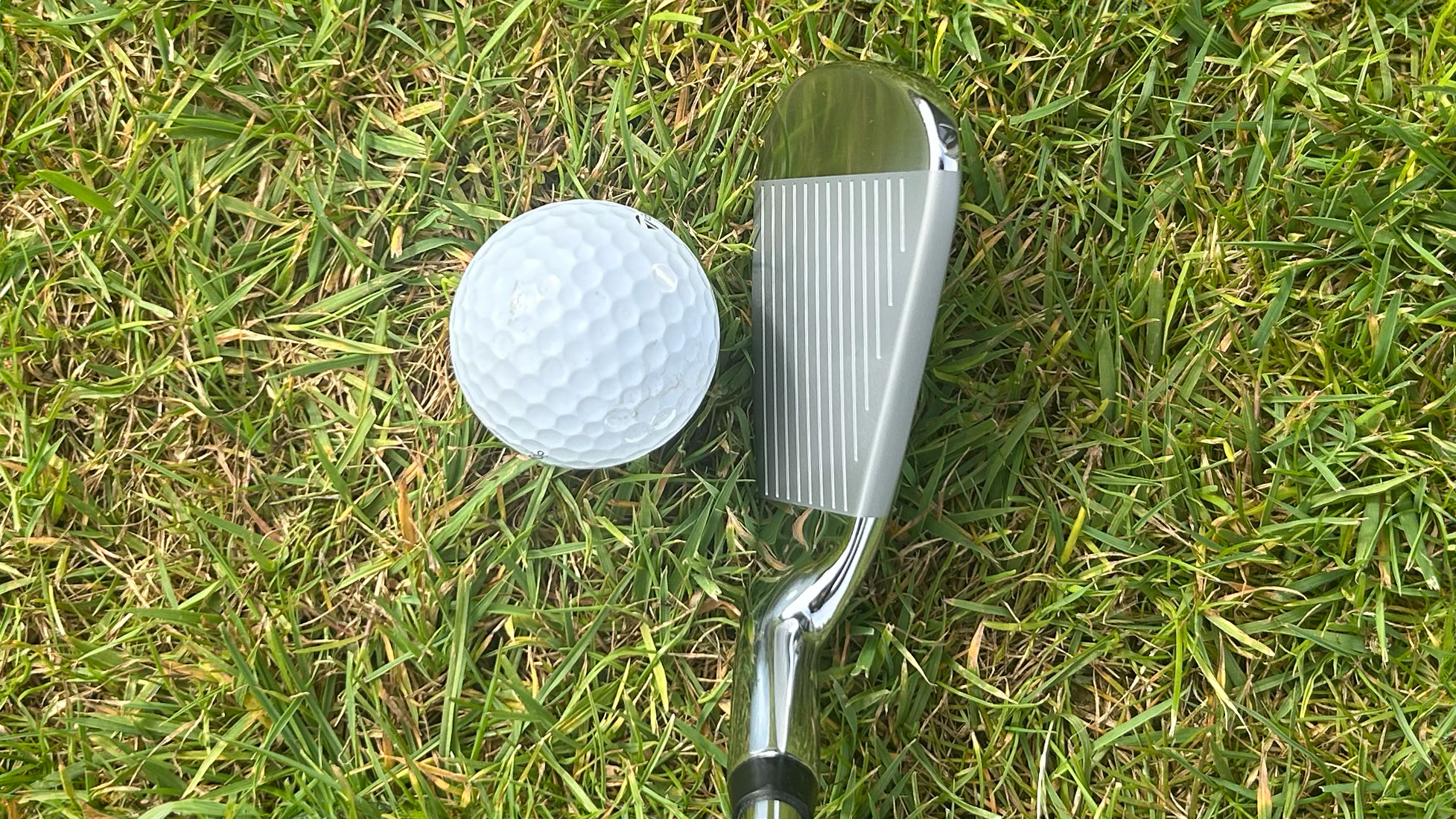
Much like with its sibling, the MT-86 Pro, I don’t love the shiny chrome finish. I think it dates the iron a little, and once again, if I am being super picky, I would much prefer to see a longer ferule as the super short ones used here always diminish the elegance of the transition between clubhead and shaft to my eye.
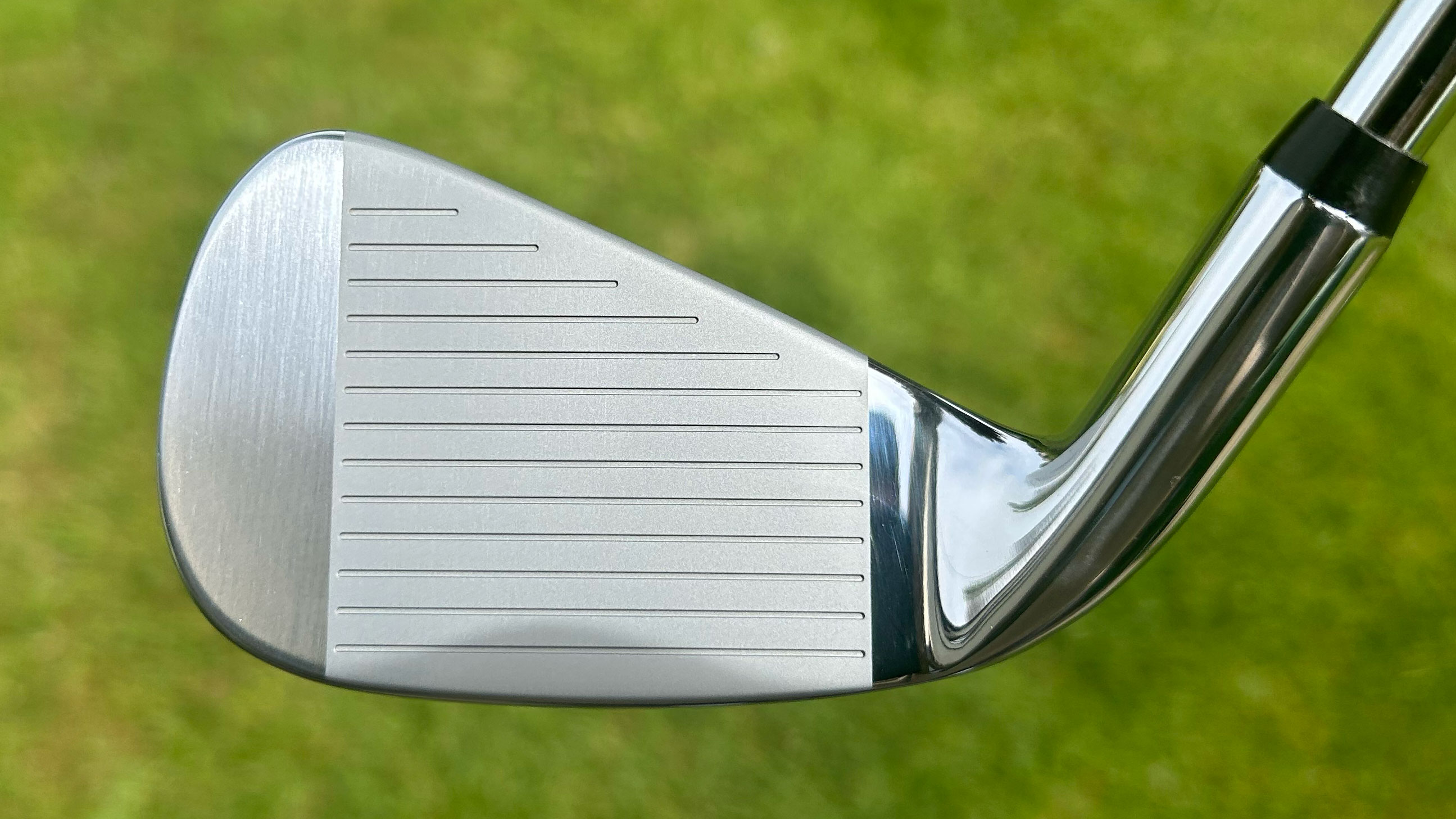
The technology story is very much the same as the MT-86 Pro, so I would advise you to pop over and read that review for full details, but essentially what we are looking at is a hollow body, super thin (but strong) face, and a toe biased weighting system designed to optimize CG.
Performance-wise, I was suitably impressed by what I found. The strong lofts (7-iron comes in at 30.5˚) delivered some very impressive distance results, but what surprised me most, however, was that this lack of loft didn't negatively impact the launch angle as it often does. Despite the aggressive lofts, the MT-86 OS irons produced a consistently high ball flight, facilitating some excellent carry numbers and a more than playable descent angle for stopping power and control on even very firm greens. This combination of strong lofts and high launch would suggest that the design of the internal weighting and face technology is doing its job well.
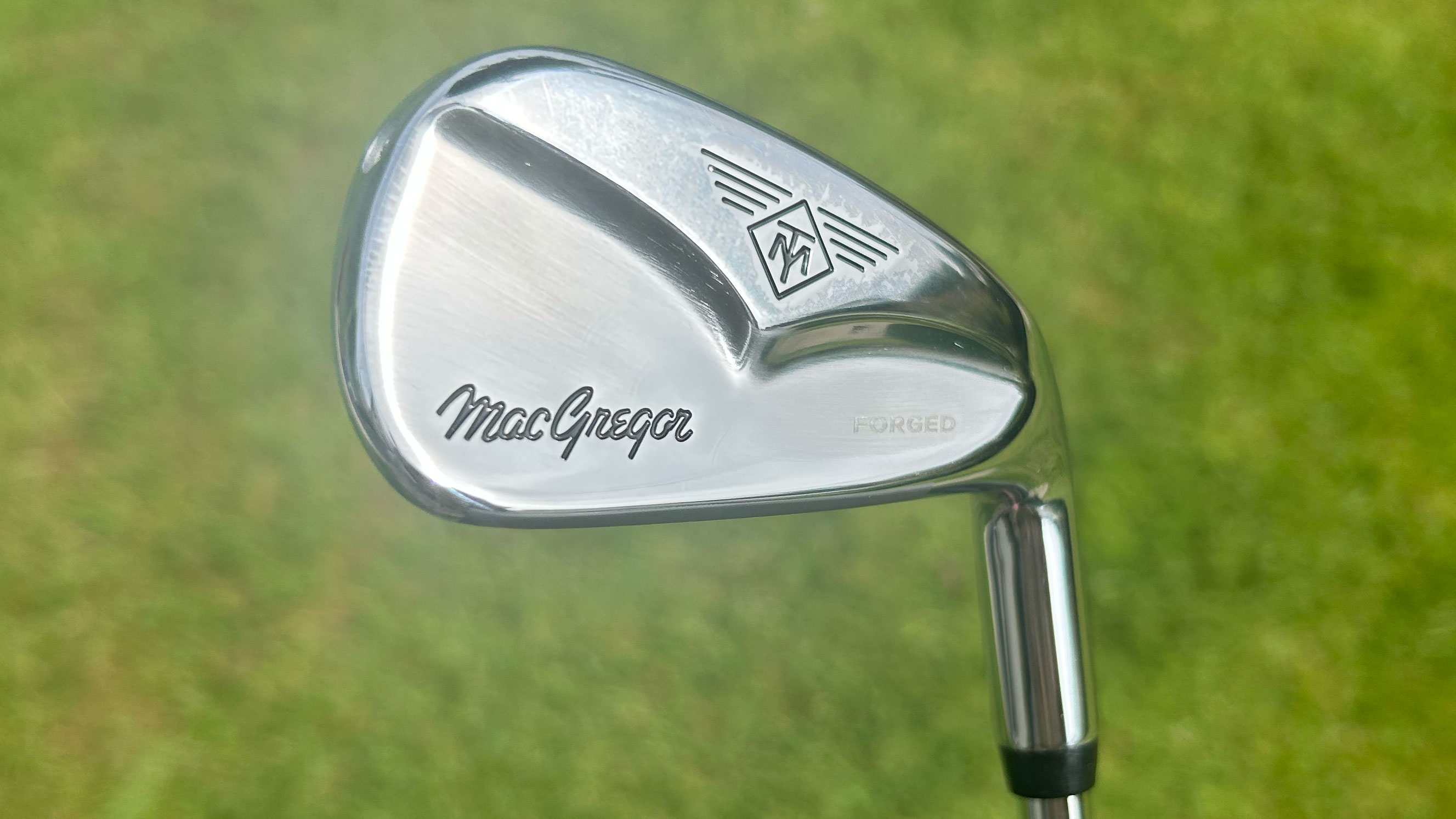
The feel off the face is definitely a powerful one, and you can feel the familiar springy sensation so often synonymous with this type of iron. Even on slight mishits, the ball seemed to jump off the face with speed, offering a clear demonstration of the high COR face design.
Much like with the more compact MT-86 Pro irons, I liked what I saw from the MacGregor MT-86 OS irons. The slightly more user-friendly looks, combined with the strong distance output with no compromise on launch, are a nice combination. If these sound like the type of performance characteristics that could benefit your game, then the MT-86 OS should absolutely be on your testing list.
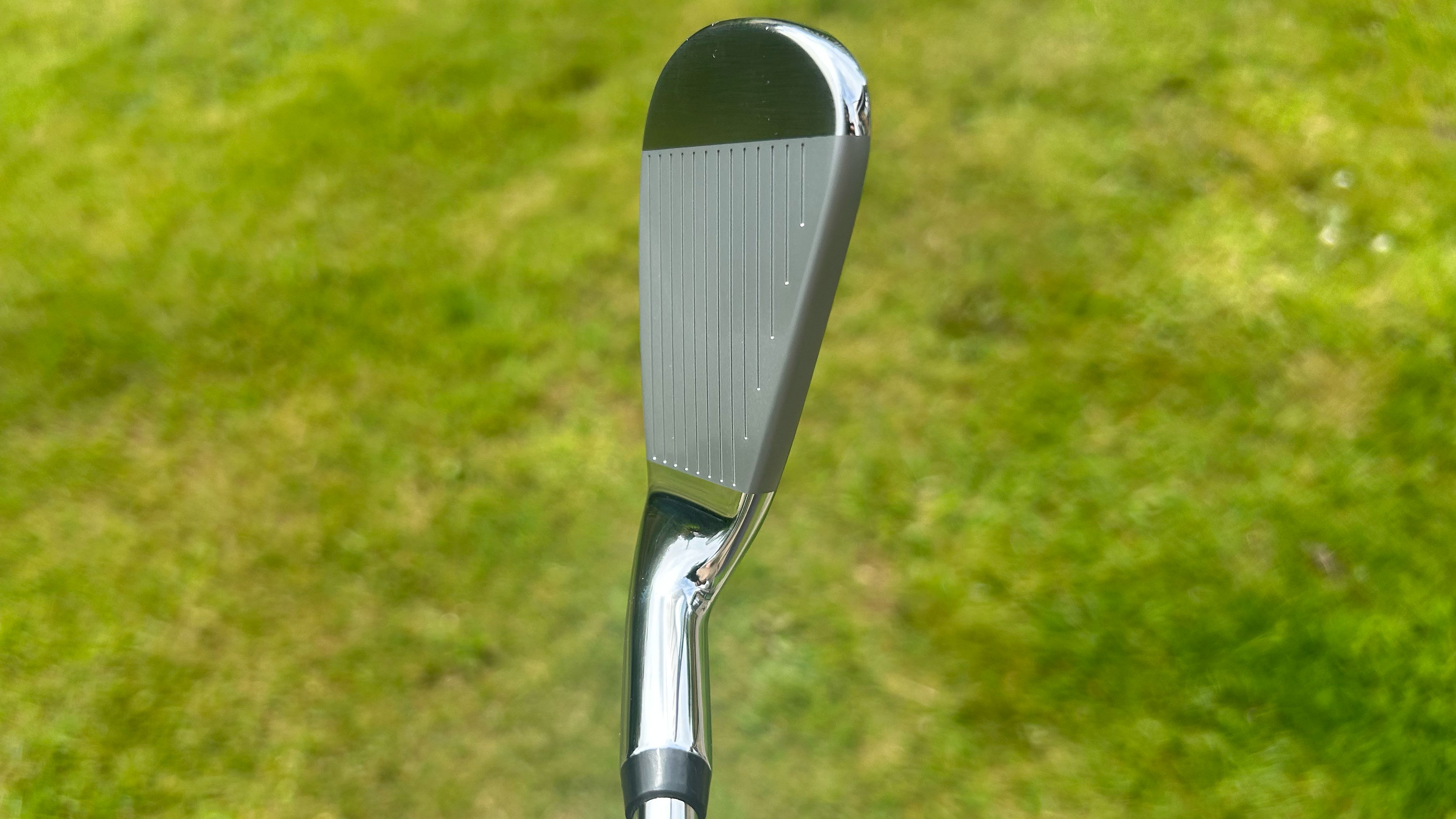
In fact, if you do want to test them, you could take advantage of the online MacGregor demo program, which allows you to purchase a demo 7-iron for $100 and return it after 30 days (or sooner), where you will get your $100 refunded as store credit.
A 4-PW set will cost you $899.99, and you can choose between steel (KBS Tour) or graphite shafts (UST Recoil) in flexes from Senior to Extra Stiff. You can also customize your length requirements on the website at the purchase stage.







